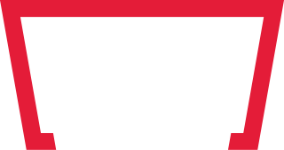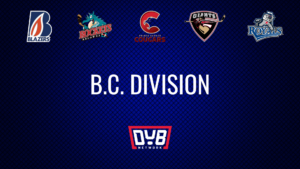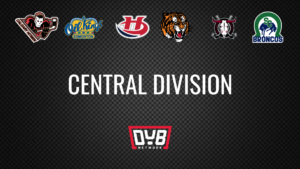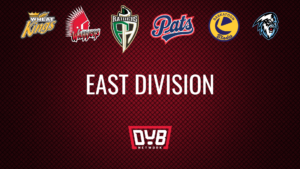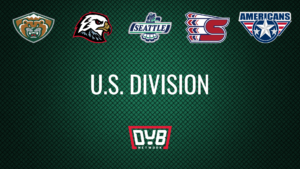If this were a normal year, we’d be roughly six weeks out from the start of WHL training camps. But 2020 is far from normal. COVID-19 continues to impact the world, raising a lot of questions for hockey teams and their fans.
WHL sets Return to Play Protocol
Part of that includes the WHL’s Return to Play Protocol for the 2020-21 season, announced last month during its Annual General Meeting. As part of the plan, the WHL has designated special task forces in each of the six jurisdictions in the WHL territory to work with local government and health officials. It will be the discussions with those officials that determine when the WHL returns to the ice.
Currently, the league is targeting October 2 as the start date for the 2020-21 season. The key word there is “targeting.” Of course, nothing can possibly be set in stone as we continue to learn more about this virus every day. No one can predict what the cases will look like across Canada, the United States or the rest of the world when October rolls around.
The current state of COVID-19 in Canada
As of July 10, there were 12,789 total cases across British Columbia, Alberta, Saskatchewan and Manitoba. 8,596 of those are from Alberta, while 3,053 are in British Columbia. Saskatchewan and Manitoba have 815 and 325 cases, respectively. When you look at the data and trends for each province, the numbers seem to be trending in the right direction.
In British Columbia, the curve has relatively flattened out since early May. Back at the start of the outbreak, the province was reporting 60-80 new cases a day. That number hasn’t topped 25 since May 6.
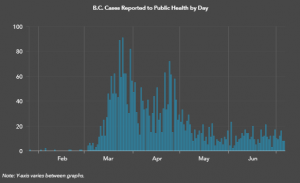
Alberta saw 336 new cases last week, averaging 48 per day. While the daily average is higher than in B.C., the curve has also relatively flattened compared to the hundreds of cases per day being reported in the spring.
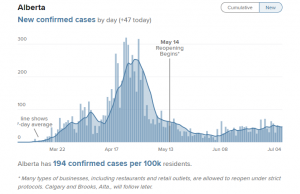
The new cases in Manitoba and Saskatchewan are almost non-existent. Manitoba hasn’t had a new case since June 28, while Saskatchewan hasn’t reported more than 10 cases in a day since June 26.
The current state of COVID-19 in the United States
Unfortunately, the COVID-19 situation is much bleaker in the United States. The WHL has five teams in Washington and Oregon, where cases have started to surge over the past month.
Washington recently shattered its record for number of cases reported in a single day, with over 1,000 new cases in 24 hours. The state hasn’t seen fewer than 200 confirmed cases in a day since May 31.
Today @WADeptHealth reported more than 1,000 new cases in one day, the 1st time since the pandemic started. That means in WA the total to date is 36,985 cases and 1,370 deaths. This not going away. Please #MaskUpWA.
— Governor Jay Inslee (@GovInslee) July 7, 2020
In Oregon, there haven’t been fewer than 100 cases reported in a day since early June. Recently, the state has been averaging over 200 new cases a day.
For reference, Washington has a population of approximately 7.6 million as of 2019, while Oregon has about 4.2 million people.
New cases had relatively flattened out in the early stages after social distancing measures were put in place. However, once both states began to reopen, the cases surged once again as people tried to return to their normal lives. We’re also starting to see alarmingly high rates of positive test results. For example, in Washington’s Benton County (where the Tri-City Americans play), 16% of all COVID-19 tests are coming back positive.
What this means for the WHL
As a part of the WHL’s Return to Play Protocol, arenas must be allowed to be at least 50 percent full. Without fans paying for tickets, it simply wouldn’t be feasible for these teams to operate. While that likely won’t be a concern for the Canadian teams, it could be a different story in Oregon, and especially in Washington where four of the five U.S. Division teams play.
So what needs to happen for fans to return to arenas in the U.S.? Each state has set aside its own reopening guidelines.
In Oregon, that means reaching Phase 3. According to the state, “large gatherings and events are not possible until a reliable treatment or prevention is available. As a result, these are cancelled or significantly modified through at least September.”
In Washington, the state needs to reach Phase 4 (equivalent to Oregon’s Phase 3). No county in the state is currently past Phase 2, and Benton County has still not reached Phase 2. Washington Governor Jay Inslee has paused all applications to move into the next phase.
So what happens if Canadian teams are ready to welcome fans, but U.S. teams aren’t? Ideally, the WHL wants everyone to be able to start together. During the Annual General Meeting, WHL commissioner Ron Robison noted that if one of the jurisdictions needed more time, the league could try to plan around that. But if Washington and Oregon can’t get a handle on the recent surge in cases now, that could impact when the WHL is able to begin in the fall.
While there are many questions that we likely won’t know the answer to for quite some time, the WHL has stated that it fully intends to complete the 68-game regular season, whenever that might be. Only time will tell.
